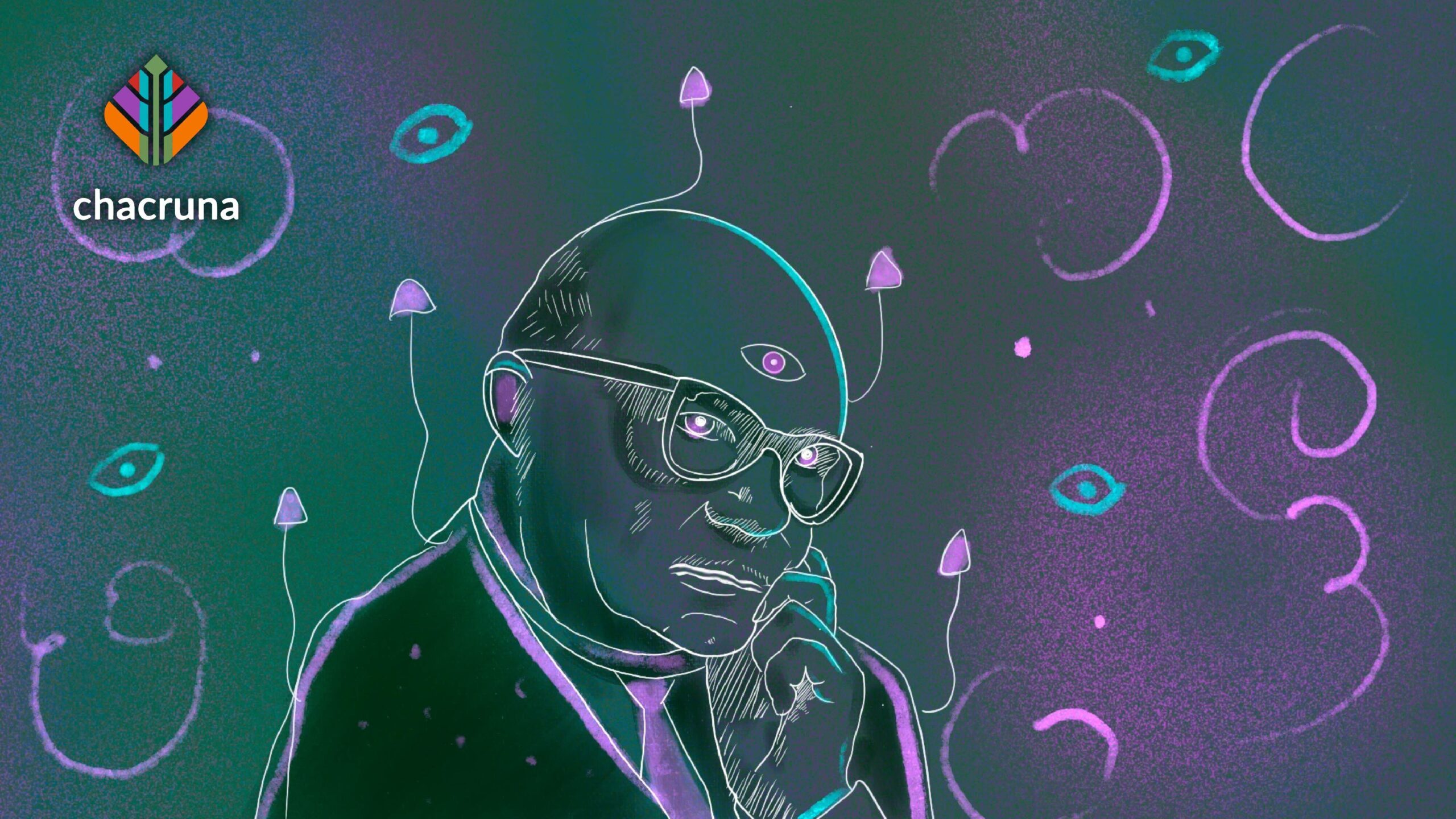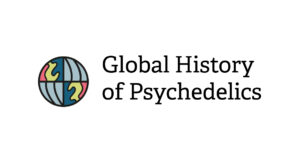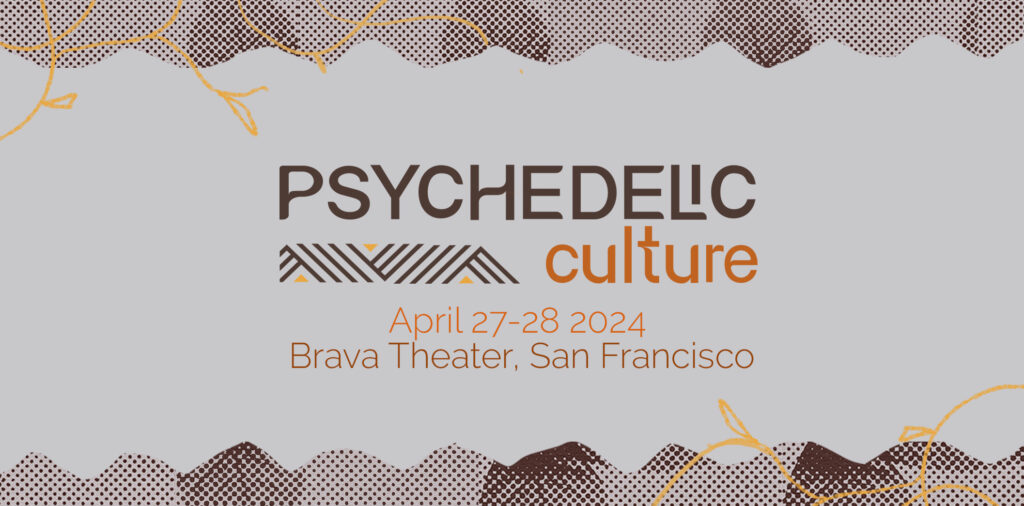Roger Heim (1900–1979) was a French biologist and a professor of mycology at the Muséum national d’Histoire naturelle (MNHN) in Paris. He directed this old and prestigious academic institution, following in the footsteps of famous biologists like Buffon and Cuvier. During the 1950s, at a time when his brilliant career was already underway, his research took a new turn when he became actively involved in the discovery of Mexican hallucinogenic mushrooms among Western researchers. In doing so, he helped pave the way for ground-breaking research in modern psychedelic history.
Roger Heim helped pave the way for ground-breaking research in modern psychedelic history.
1953 marks the critical starting point for contemporary scientific investigations into Mexican mushrooms, through the work of American Robert Gordon Wasson (1898–1986), a banker, and Valentina Pavlovna Wasson (1901–1958), a pediatrician. Both were passionate about mushrooms. While their story is usually depicted as independent scholars forging a new path, their friendship and collaboration with Heim is little known. Heim’s correspondence, housed at the MNHN, reveals that Gordon Wasson and Roger Heim became friends in the late 1940s, and met in person in Paris in the spring of 1950.
Subsequently, the two traveled around France in 1952, including one trip with Valentina, as they were preparing their seminal monograph, Mushrooms, Russia and History, which was published in 1957 in two volumes. Heim diligently copyedited their book, and their close friendship and intellectual affinity is also reflected in their dedications in their respective works. Beginning in 1956, Heim joined the Wassons on several expeditions to visit various Indigenous peoples in Mexico in an attempt to find traces of mushroom consumption.
Find more information on the upcoming Psychedelic Culture Conference.
Following this early work discovering the existence and uses of hallucinogenic mushrooms, Heim went on to collaborate with Albert Hofmann, anthropologist Guy Stresser- Péan (1913–2009), and psychiatrist Jean Delay (1907–1987). From the 1950s onward, his career took an unexpected turn, building bridges with the humanities, medicine, and visual arts. Heim’s work thus deserves to be analyzed along interdisciplinary and transnational lines. Recent historical scholarship reveals how the psychopharmacological study of serotoninergic hallucinogens spilled out of the lab and into path-breaking collaborations. This is apparent in Milana Aronov’s work of on LSD as a source of creativity and Erika Dyck’s history of the influence of LSD on architecture in psychiatric hospitals.

Discover the Indigenous Reciprocity Initiative of the Americas
The global history of psychedelics calls into question the specific nature of the psychic effects triggered by the serotonergic hallucinogens, which can vary quite dramatically according to the context and from one user to another. By way of hypothesis, intimate experiences with psychedelics within the scientific realm have led to specific scientific knowledge, such as the end of the psychotomimetic paradigm and Humphry Osmond’s coining of the word “psychedelic” that helped move toward a therapeutic understanding of LSD and mescaline in psychiatry. Czech pharmacologist Stephen Szára likewise defended the heuristic value of personal familiarity with psychedelics, as did Italian theoretical physicist Carlo Rovelli, who pointed to the influence of his LSD experiences on his scientific work.
In conjunction with his appreciation for their psychic effects and according to the anthropological, psychiatric, and experimental perspectives that emerged through his collaborations, Heim also developed an interest in the practice of divination and in so doing he operated on the scientific fringe.
Roger Heim’s career is a case in point. In my chapter in Expanding Mindscapes, I focus on a particular episode: his appraisal of their use in divination. In conjunction with his appreciation for their psychic effects and according to the anthropological, psychiatric, and experimental perspectives that emerged through his collaborations, Heim also developed an interest in the practice of divination and in so doing he operated on the scientific fringe. I show that although he attempted to incorporate allusions to extra-sensory perception into his own research, which is evidenced by the archives and hinted at in his interdisciplinary understanding of hallucinogenic mushrooms, it caused him a great deal of unease. How did Roger Heim negotiate between his interest in paranormal phenomena and the rigorously rational imperatives of Western science? From this perspective, it is illuminating to dwell on the research happening in France in the 1950s and 1960s and its relation toward scientism and rationalism.
Note: This is an abridged version of Vincent Verroust’s chapter, “‘I am a scientist!’ Roger Heim’s interdisciplinary and transnational research on hallucinogenic mushrooms (and the problem of divination),” in the edited collection, Expanding Mindscapes: A Global History of Psychedelics, released in November 2023 with MIT Press.

Shop our Collection of Psychedelic T-Shirts.
Take a minute to browse our stock:
Did you enjoy reading this article?
Please support Chacruna's work by donating to us. We are an independent organization and we offer free education and advocacy for psychedelic plant medicines. We are a team of dedicated volunteers!
Can you help Chacruna advance cultural understanding around these substances?


















